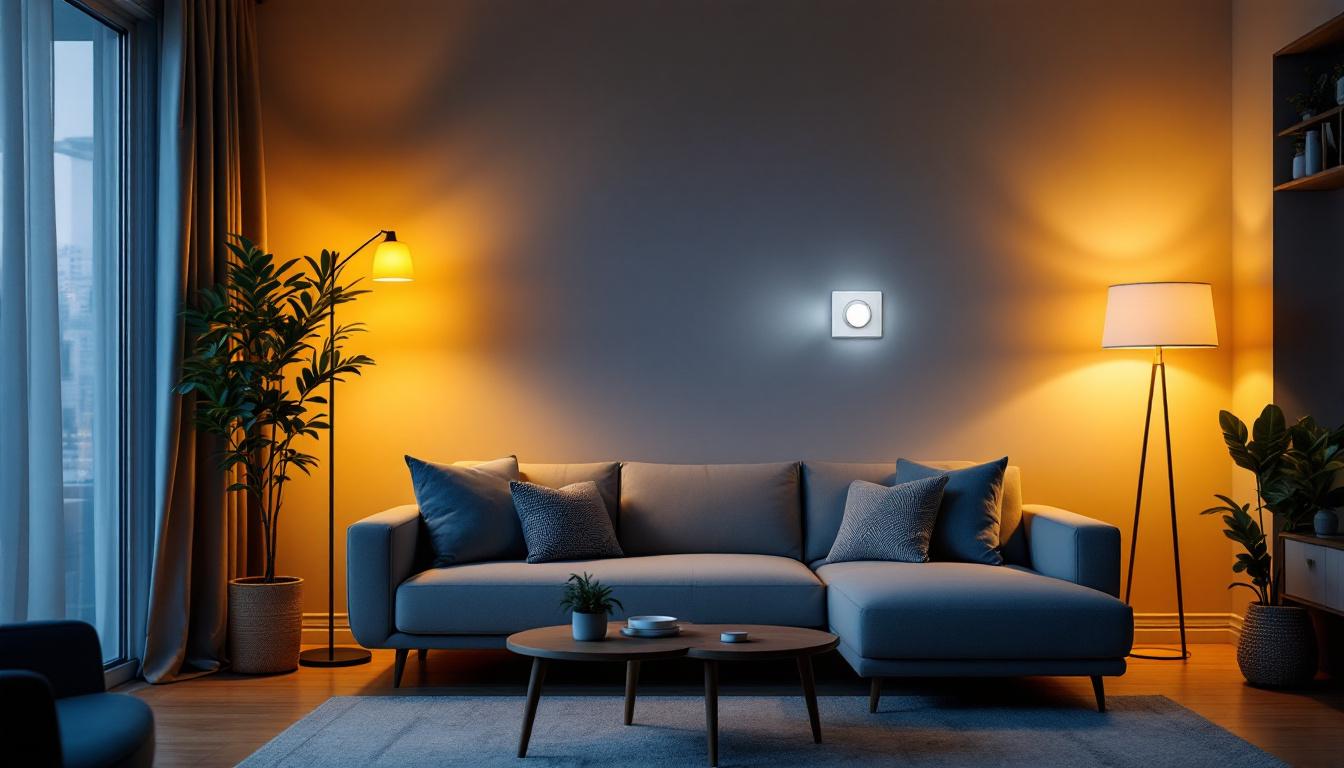
In the world of commercial lighting, can lights, also known as recessed lights, play a crucial role in enhancing the aesthetic appeal and functionality of various spaces. For lighting contractors, understanding the nuances of commercial electric can lights is essential for providing optimal solutions to clients. This article delves into the essential aspects of can lights, including their types, installation processes, and energy efficiency considerations.
Commercial electric can lights are fixtures that are installed into a hollow opening in the ceiling, allowing light to shine downwards without being obtrusive. These lights are versatile and can be used in various settings, from office spaces to retail environments. Their sleek design and ability to blend seamlessly into ceilings make them a popular choice among architects and designers. Additionally, the energy efficiency of modern can lights, particularly those using LED technology, contributes to their appeal, as they not only reduce energy costs but also have a longer lifespan compared to traditional incandescent bulbs.
There are several types of can lights available on the market, each designed to serve specific purposes. Understanding these types can help lighting contractors recommend the best options for their clients. Furthermore, advancements in technology have led to the development of smart can lights that can be controlled via mobile apps or voice commands, offering an extra layer of convenience and customization for users.
Can lights are incredibly versatile and can be used in various applications. Their ability to provide focused lighting makes them suitable for:
Installing commercial electric can lights requires careful planning and execution. Lighting contractors must consider several factors to ensure a successful installation.
The type and height of the ceiling significantly influence the installation process. For instance, suspended ceilings may require different mounting techniques compared to drywall ceilings. Additionally, the height of the ceiling will determine the wattage and type of bulb needed to achieve the desired light output. In spaces with higher ceilings, such as warehouses or large retail areas, it may be beneficial to use higher lumen output fixtures or even track lighting to ensure that the illumination reaches all areas effectively. Moreover, the aesthetic aspect of the ceiling type can also play a role in fixture selection; for example, recessed can lights can create a sleek, modern look in a contemporary setting.
Proper electrical wiring is crucial for the safe operation of can lights. Contractors must ensure that the electrical supply meets local codes and that the wiring is appropriately rated for the fixtures being installed. Safety precautions, such as turning off the power supply during installation and using insulated tools, should always be followed. Additionally, it is important to consider the potential for future upgrades or changes in lighting needs. Installing a dimmer switch or smart lighting controls can enhance flexibility and energy efficiency, allowing for adjustments based on the time of day or specific activities in the space.
The placement and spacing of can lights can dramatically affect the quality of lighting in a space. A common guideline is to space the fixtures approximately 4 to 6 feet apart, depending on the ceiling height and the desired brightness. Additionally, contractors should consider the beam angle of the bulbs being used to ensure even distribution of light. For example, narrow beam angles can create focused lighting for artwork or displays, while wider angles are ideal for general illumination. It is also essential to take into account any architectural features or furniture layouts that may obstruct light distribution. Thoughtful placement can enhance the overall ambiance and functionality of the area, making it more inviting and usable for occupants.
As energy efficiency becomes a priority for many businesses, lighting contractors must be knowledgeable about the energy-saving options available for can lights. This includes understanding LED technology and its advantages over traditional incandescent or halogen bulbs.
LED can lights offer numerous benefits that make them an attractive option for commercial applications:
Many regions have implemented energy codes that require commercial buildings to meet specific energy efficiency standards. Lighting contractors should be familiar with these codes to ensure that their installations comply. This may involve selecting fixtures that meet or exceed the required energy performance metrics.
The choice of bulbs for can lights can significantly affect the overall lighting quality and energy efficiency. Contractors should consider various factors when selecting bulbs for their projects.
Color temperature, measured in Kelvin (K), influences the ambiance of a space. For commercial applications, a color temperature of 3000K to 4000K is often preferred, as it provides a balance between warmth and brightness. Understanding the desired atmosphere can help contractors recommend the most suitable options to their clients.
Lumen output indicates the brightness of a bulb. When selecting bulbs for can lights, contractors should calculate the total lumens needed based on the size of the space and the intended use. This ensures that the lighting is neither too dim nor excessively bright, creating a comfortable environment for occupants.
The lighting industry is constantly evolving, with new trends emerging that influence the design and functionality of can lights. Staying updated on these trends can help lighting contractors provide innovative solutions to their clients.
Smart lighting technology is gaining popularity in commercial spaces. Can lights equipped with smart features allow users to control brightness, color temperature, and scheduling through mobile apps or voice commands. This flexibility not only enhances user experience but also contributes to energy savings.
Modern design trends emphasize seamless integration of lighting into architectural elements. Can lights are increasingly being designed to be less visible, creating a clean and minimalist look. Contractors should be aware of these design preferences to meet the aesthetic demands of their clients.
Regular maintenance is essential to ensure the longevity and performance of can lights. Lighting contractors should educate their clients on basic maintenance practices and troubleshooting techniques.
Dust and debris can accumulate on can lights, affecting their brightness and overall performance. Regular cleaning with a soft cloth can help maintain optimal light output. Contractors should advise clients on the best cleaning methods to avoid damaging the fixtures.
Common issues with can lights may include flickering, dimming, or complete failure. Contractors should be prepared to troubleshoot these problems, which may involve checking connections, replacing bulbs, or inspecting the wiring. Providing clients with guidance on how to address these issues can enhance their satisfaction and trust in the contractor’s expertise.
Commercial electric can lights are a vital component of modern lighting design, offering versatility, efficiency, and aesthetic appeal. For lighting contractors, understanding the various types, installation considerations, and maintenance practices is crucial for delivering high-quality solutions to clients. By staying informed about trends and advancements in lighting technology, contractors can ensure they remain competitive in a rapidly evolving industry.
Ultimately, the successful integration of can lights into commercial spaces not only enhances the environment but also contributes to the overall satisfaction of occupants. As businesses continue to prioritize energy efficiency and design aesthetics, the role of lighting contractors will only grow in importance.
Ready to elevate your lighting projects with the best in commercial electric can lights? Look no further than LumenWholesale, where we provide contractors with high-quality, specification-grade lighting solutions at unbeatable wholesale prices. Our extensive selection is designed to meet the highest industry standards, ensuring you deliver reliable and high-performance lighting to every client. With the convenience of bulk buying, free shipping, and no hidden fees, you can trust LumenWholesale to supply premium lighting at the best value. Enhance your lighting designs today and discover the perfect blend of quality, affordability, and convenience at LumenWholesale.

Discover how incorporating recessed can downlights into your projects can elevate your lighting business.

Discover expert strategies and proven techniques for lighting contractors to effectively utilize LED sconce lights in their projects.

Discover why using a dimmer switch on LED lights is essential for energy efficiency, mood control, and bulb longevity.

Discover the transformative benefits of solar-powered shop lights for lighting contractors.